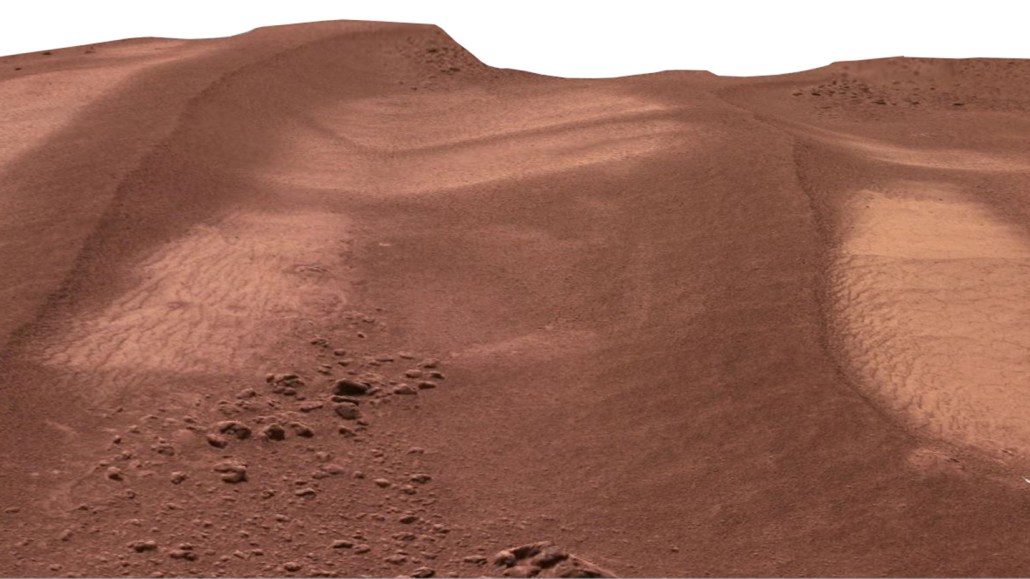
China’s Zhurong rover found geologic features indicative of relatively recent water activity in the dunes of Mars’ Utopia Planitia (shown).
CNSA/GRAS

China’s Zhurong rover found geologic features indicative of relatively recent water activity in the dunes of Mars’ Utopia Planitia (shown).
CNSA/GRAS